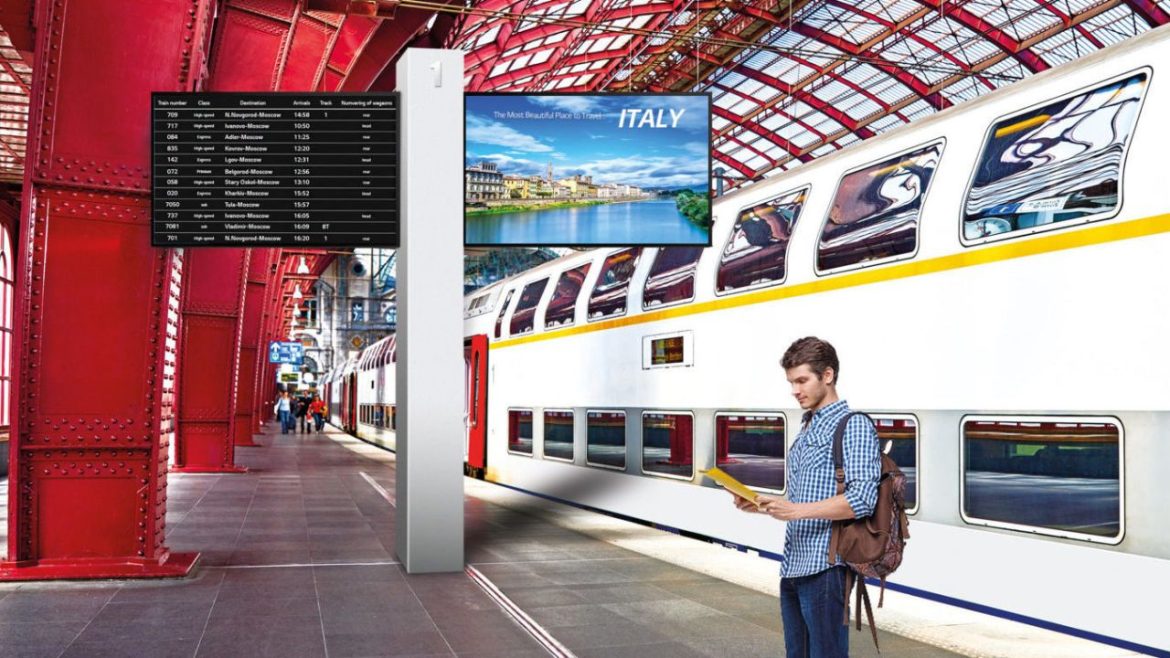The transportation and logistics industry is interconnected and time-dependent, where clarity, control, and reliability are crucial. As the industries increasingly resort to automation, tracking of data, and live monitoring of systems, the visual display system is a central element that maintains smooth operations. Reinforced Industrial LCD Display Series is one of the most important features in this infrastructure. Such ruggedized screens surpass general consumer screens by providing durability, visibility, and integration options to rugged, harsh environments.
Critical Operations Visual Clarity in Visibility
The efficient transportation and logistics systems are based on accurate visualization of data to make decisions and perform actions. In the case of vehicle fleet management, cargo shipment organization, traffic control system monitoring, and so on, the necessity to have clear visual feedback in real-time is essential. Industrial LCD screens deliver the high-resolution display that is needed to read maps, interpret schematics, and look at system dashboards in a wide range of lighting conditions.
Such exhibits are made differently as compared to the ordinary displays, and they are made using anti-glare, high brightness, and large angles of viewing, which help the display to be seen indoors and outdoors. This transparency at any logistic hub, such as ports, warehouses, and terminals in airports, reduces operator error and shortens the decision-making process, which in the long term improves efficiency.
Encouragement of 24/7 Operations
Transportation and logistics activities do not stop. The shipment, tracking of goods, as well as delivery are happening 24 hours a day, and control systems should never stop. Industrial LCDs have been designed to operate 24/7 and are constructed in a manner that burnout and wear do not occur. They last longer and can be kept in constant operation, more reliable and economical in the long term than their consumer-grade counterparts.
The displays in control rooms that are used to manage public transport systems, logistics command centers, and air traffic monitoring stations are required to provide reliable visual output over prolonged periods of time. Strengthened exhibitions minimize the chances of collapse at critical processes and facilitate the uninterrupted supply of products and services.
Facilitating Real-Time Data Integration
The contemporary logistics is data-driven. The existence of the GPS tracking, RFID scanning, automated sorting, and scheduling systems is based on synchronized information presented in the form of visual information to make decisions. LCDs in industry provide the connection between these systems and the human operators, allowing real-time interpretation and response.
Such displays are regularly put in use along with SCADA systems, warehouse management platforms, and telematics software. They have industrial interfaces, which can be connected to complex logistics, e.g., serial ports, HDMI, VGA, or USB. Some rugged displays also have touchscreen capability, making it faster to manipulate and providing greater control of digital systems.
Increasing Safety and Efficiency
Industrial LCDs play a big role in making workplaces safer. These displays are used in warehouses and freight terminals to guide loading and unloading processes to minimize accidents and also proper handling of items. The passenger information systems also apply rugged displays in a public transportation network to broadcast schedules, delays, and safety messages.
In addition, these displays boost the speed of response in the event of interruptions due to the fact that it will be possible to update information in real-time. One of the ways that it can be implemented is illustrated by displaying real-time information on the status of a particular track or a shipment within a railway logistics system, so that supervisors are able to reroute or reschedule shipments accordingly, so that there are fewer delays and fewer instances of bottlenecks in a rail logistics system.
A Long-Term Investment in Scalable Growth
Even though industrial LCDs may be expensive to purchase compared to common monitors, they are long-lasting, require less maintenance, and are compatible with industrial systems, hence worth the investment. They are very reliable throughout the years, and this reduces the number of replacements and idle times, which are associated with repairs.
As transportation and logistics networks expand and more advanced technologies, like AI, IoT, and machine learning, the demands of the visual display infrastructure will keep growing. Reinforced industrial LCDs will continue to be the backbone of these systems, which will ensure digital insight is ready, visible, and actionable in real-time.
Conclusion
In conclusion, it is possible to note that industrial LCDs may not only be viewed as monitors but also as the most important tool in the management and efficiency of modern transportation and logistics. Be it visibility and safety, downtime, or scalable infrastructure, these rugged displays would be at the epicenter of keeping the global supply chain moving.
